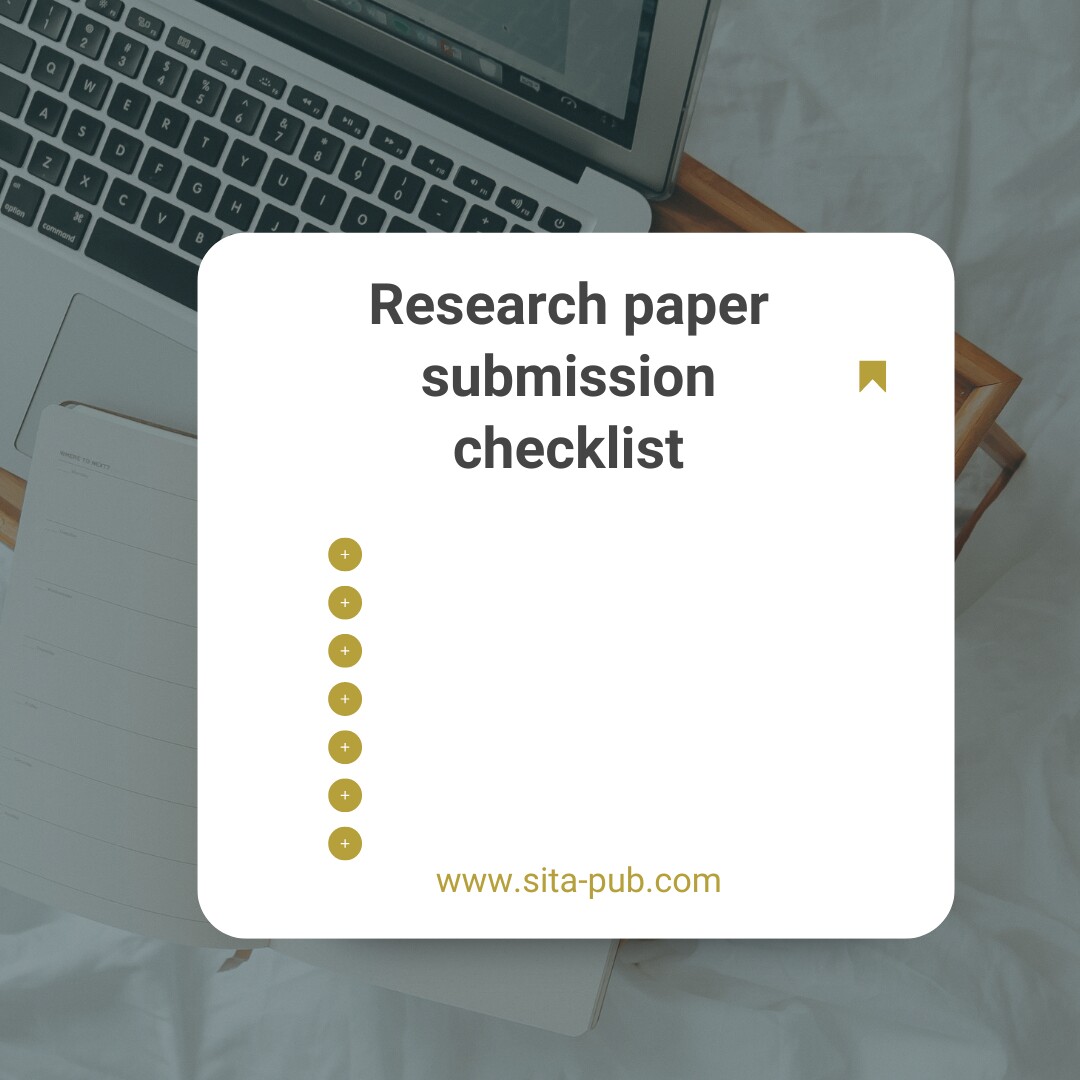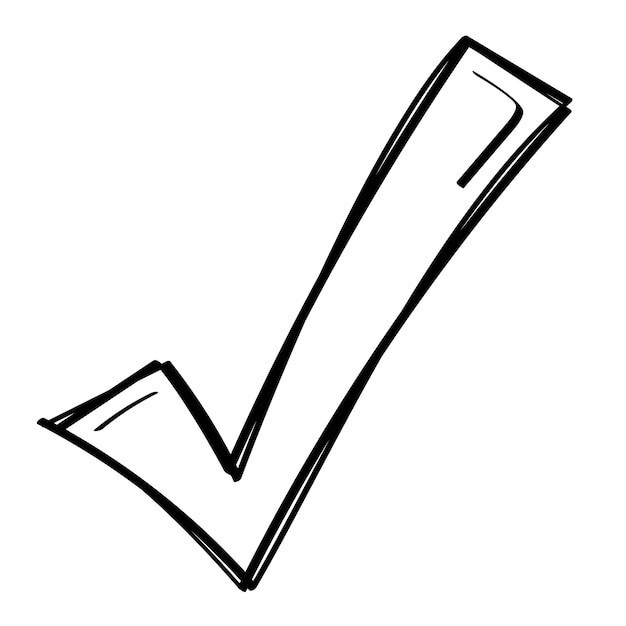Research paper submission checklist


This guide will walk you through the steps of writing and publishing a scientific paper.

Be Original: Your paper should have something new to offer, whether it's new findings, a fresh perspective, or a new way to solve a problem.
Respect Copyright: Make sure everything you use is your own work or properly credited. Don't steal other people's ideas!
Don't Plagiarize Yourself: If you're reusing parts of your own work, be clear about it.
Pick the Right Journal: Choose a journal that fits your research and the people you want to reach.

Find the Gap: What's missing in the research on your topic? What questions are unanswered?
Ask the Right Question: Your research question should be specific, measurable, achievable, relevant, and have a deadline (SMART). It should answer the gap you found.
Choose the Right Method: Pick a research method that will help you answer your question effectively. There are lots of different methods, so choose wisely!
Cite Your Sources: Use high-quality and relevant sources to support your ideas. Don't use outdated or irrelevant research.
Make a Strong Argument: Use the information from your research to build a convincing argument that supports your research question.

Keep it Short: Make the title clear, concise, and easy to understand. Avoid jargon.
Be Specific: The title should clearly reflect the main topic of your paper.
Grab Attention: Make it interesting and inviting.
Be Accurate: The title should accurately reflect the key concepts and findings.
Be Brief: Summarize your paper within the journal's word limit.
Stick to the Facts: Present the main points objectively and truthfully.
Explain the Purpose: Briefly explain why you did this research and what you wanted to find out.
Highlight the Results: Summarize the main findings and conclusions.
No References: Don't include references in the abstract.
Keep it Simple: Avoid using uncommon abbreviations or acronyms.
Set the Stage: Explain the background information that's relevant to your research.
Be Logical: Present the information in a way that makes sense and leads the reader to understand why your research is important.
Use Good Sources: Cite high-quality sources to support your claims.
Explain Why It Matters: Clearly explain why your research is necessary and important.
Show the Impact: Explain how your research could benefit the field.
State Your Goals: Clearly state what you want to achieve with your research.
Explain Your Design: Describe the research method you used in detail, including any specific techniques.
How Did You Collect Data? If applicable, explain how you collected the data for your research.
Include All the Details: Make sure you include all the important information about your methodology, such as the sample size, data analysis techniques, and ethical considerations.
Explain Your Analysis: Describe how you processed and analyzed the data.
Make Sure It's Valid: Show that your research methods are accurate and reliable.
Make It Repeatable: Explain your methodology clearly so that other researchers could repeat your study.

Be Credible: Make sure your results are accurate and based on solid data.
Answer Your Question: Show how your results answer the research question you posed in the introduction.
Be Clear and Concise: Present your data clearly and concisely using tables, figures, and text.
Make It Meaningful: Use figures and tables to help readers understand your data.
Start with the Main Findings: Clearly state the most important findings of your research.
Connect to the Question: Explain how your results answer your research question.
Analyze the Impact: Discuss the importance and relevance of your findings.
Evaluate Your Conclusions: Critically examine your conclusions and acknowledge any limitations or uncertainties.
Look Ahead: Suggest potential directions for future research based on your findings.
Be Honest About Limitations: Acknowledge any weaknesses or shortcomings in your study.
Connect to Previous Research: Use relevant sources to support your interpretations and connect your research to previous work.

Summarize the Key Points: Reiterate the main arguments and conclusions of your paper.
State the Significance: Explain the importance and impact of your findings.
Look to the Future: Discuss potential future applications or directions for your research.
Follow the Rules: Format your references correctly according to the journal's guidelines.
Be Consistent: Make sure all references cited in the text are listed in the bibliography, and vice versa.
Explain the Visuals: Include clear captions for all figures to explain what they show.
Make Them Easy to Understand: Use clear and concise legends for tables and figures.
Provide Context: Include titles, descriptions, and footnotes for tables to help readers understand the data.
Proofread Carefully: Use spell check and grammar check tools to make sure your paper is error-free.
Write Clearly: Use concise and fluent language that is easy to read and understand.
Check for Plagiarism: Use plagiarism detection software to make sure you haven't accidentally copied any text from other sources.

Double-Check Names and Affiliations: Make sure all authors' names are spelled correctly and their affiliations are accurate.
Choose Keywords: Select keywords that accurately reflect the content of your paper and help readers find it.

Write a Cover Letter: Write a letter to the editor that highlights the importance of your research and explains why it's suitable for the journal.
Submit Online: Submit your paper through the journal's online system, following their specific instructions.
Stay Informed: Keep track of your submission and respond promptly to any requests from the journal editor.
Publishing your scientific paper shouldn't be a struggle. SITA is here to make the process smoother, from preparing your manuscript to finding the perfect journal. Let us help you share your research with the world!

If you have any questions, inquiries, or would like to learn more about our services, please don't hesitate to reach out to us. Our dedicated team is ready to assist you.